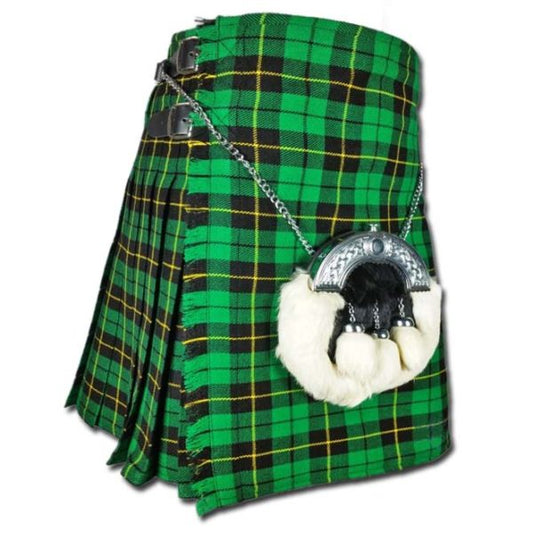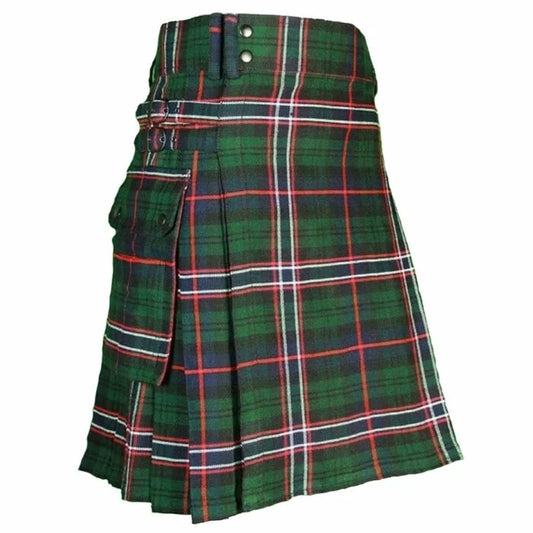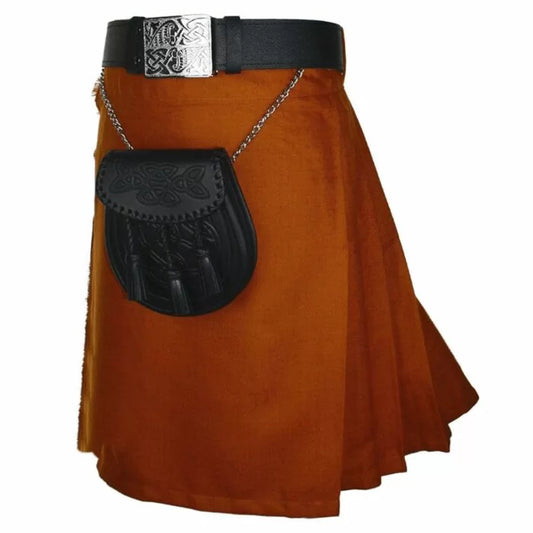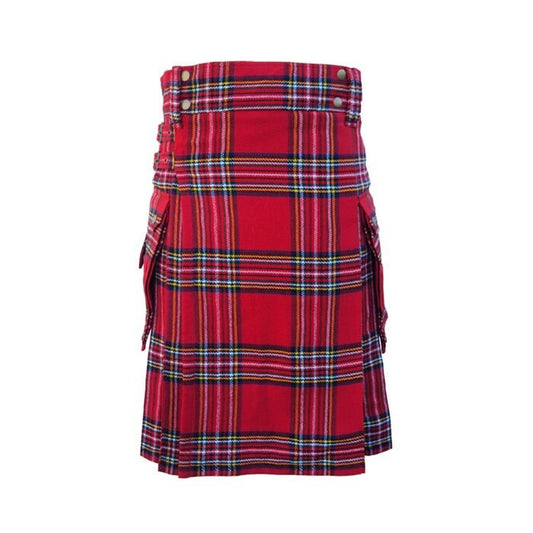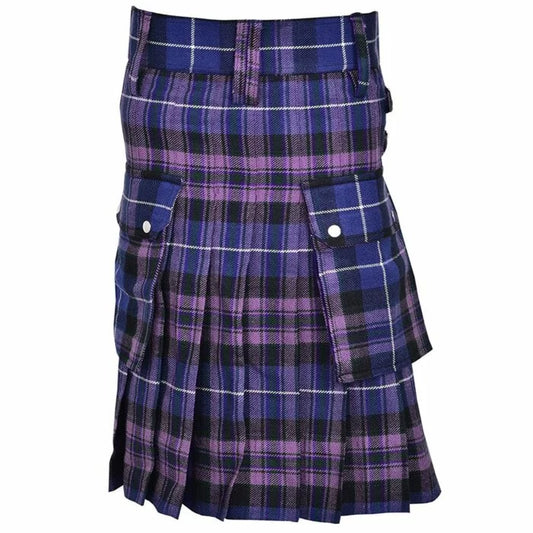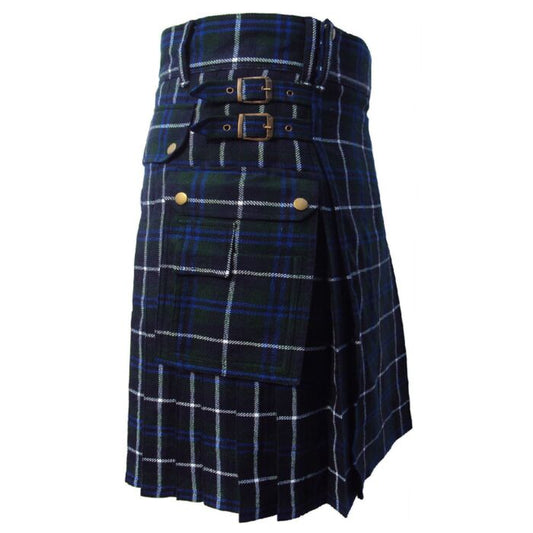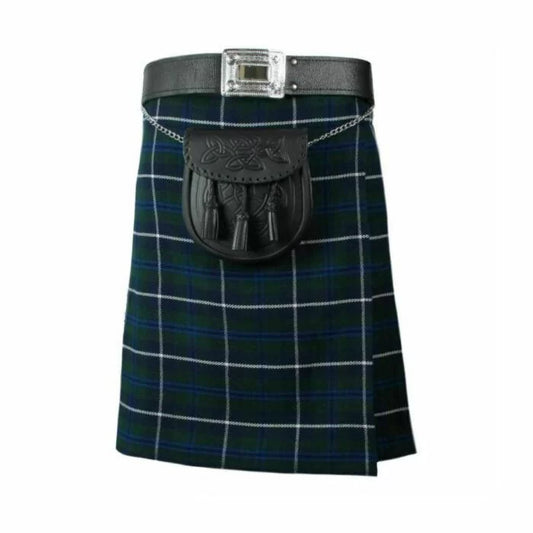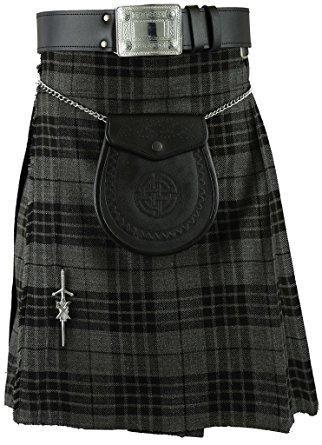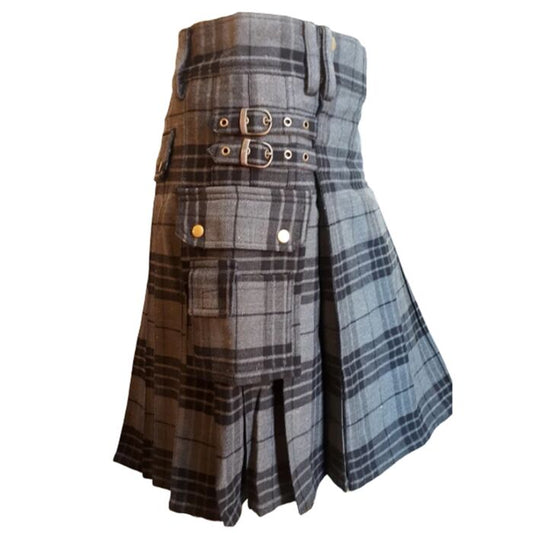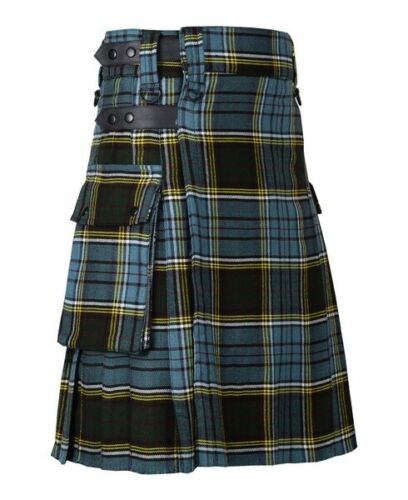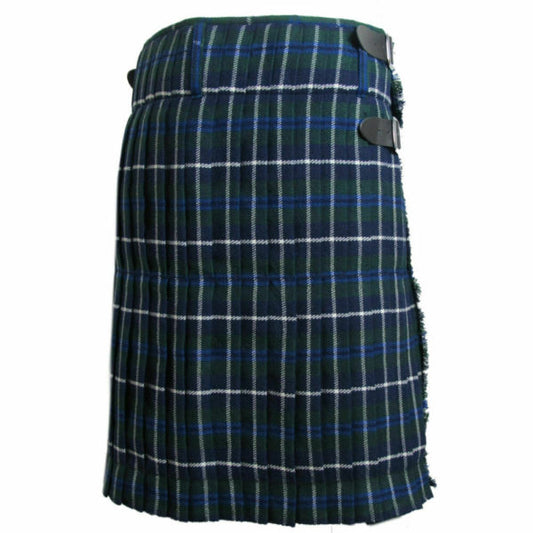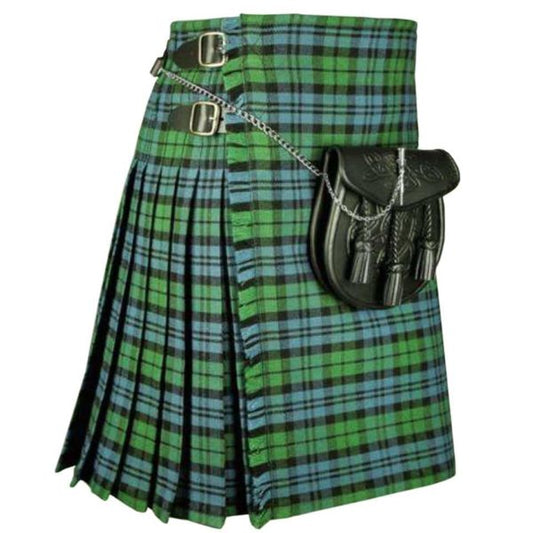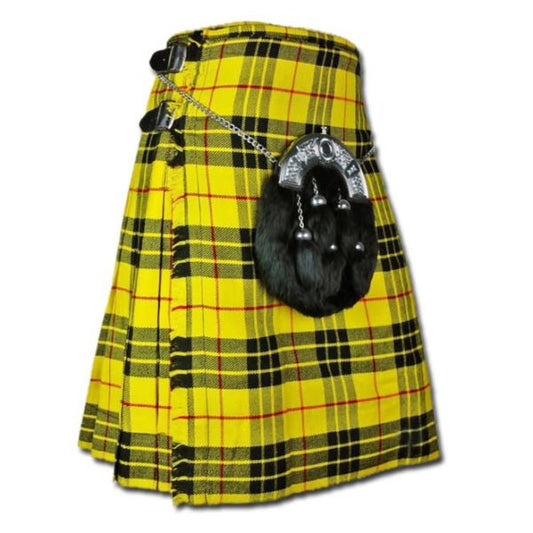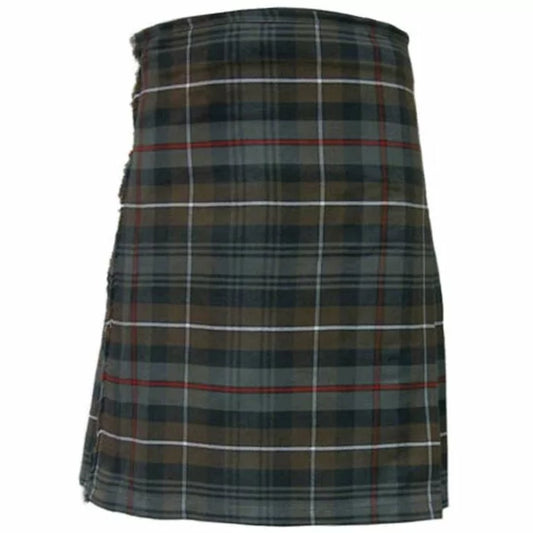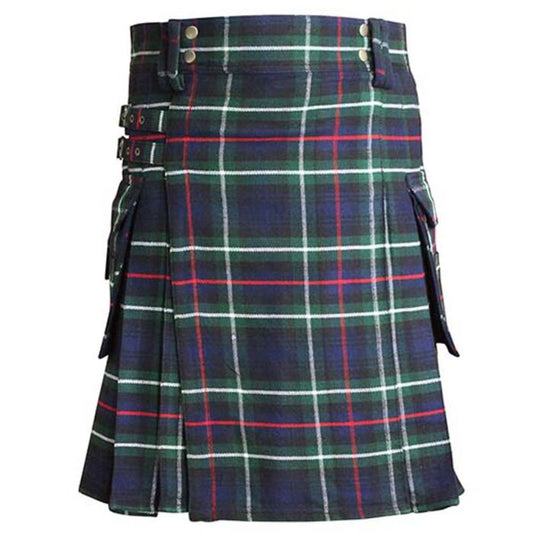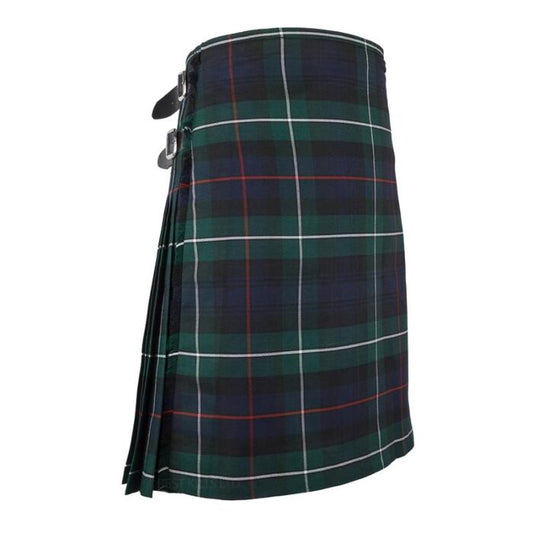-
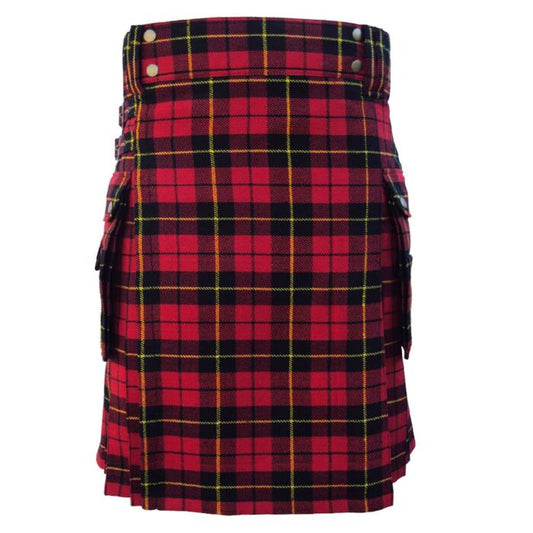 Sale
SaleWallace Tartan Kilt
Regular price $110.00 CADRegular priceUnit price / per$136.00 CADSale price $110.00 CADSale -
Wallace Hunting Tartan Kilt
Regular price $110.00 CADRegular priceUnit price / per$136.00 CADSale price $110.00 CADSale -
Scottish National Tartan Utility Kilt
Regular price $110.00 CADRegular priceUnit price / per$136.00 CADSale price $110.00 CADSale -
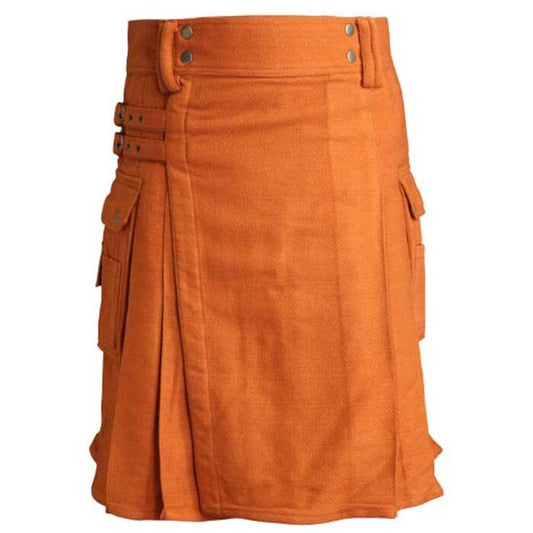 Sale
SaleSaffron Utility Kilt
Regular price $136.00 CADRegular priceUnit price / per$164.00 CADSale price $136.00 CADSale -
Saffron Deluxe Utility Kilt
Regular price $136.00 CADRegular priceUnit price / per$164.00 CADSale price $136.00 CADSale -
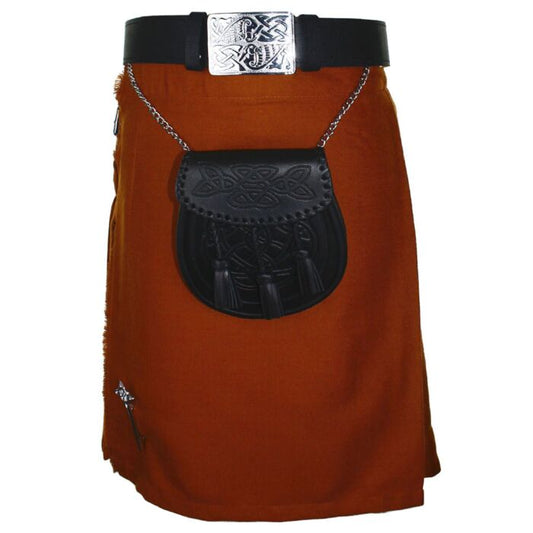 Sale
SaleDeluxe Saffron Kilt
Regular price $110.00 CADRegular priceUnit price / per$137.00 CADSale price $110.00 CADSale -
Royal Stewart Tartan Kilt
Regular price $110.00 CADRegular priceUnit price / per$136.00 CADSale price $110.00 CADSale -
Rose Ancient Tartan Utility Kilt Leather Straps Kilt for Men Custom Size
Regular price $110.00 CADRegular priceUnit price / per$164.00 CADSale price $110.00 CADSale -
Robertson Tartan Scottish Kilt
Regular price $110.00 CADRegular priceUnit price / per$136.00 CADSale price $110.00 CADSale -
Regiment of Foot official Tartan Kilt
Regular price $110.00 CADRegular priceUnit price / per$136.00 CADSale price $110.00 CADSale -
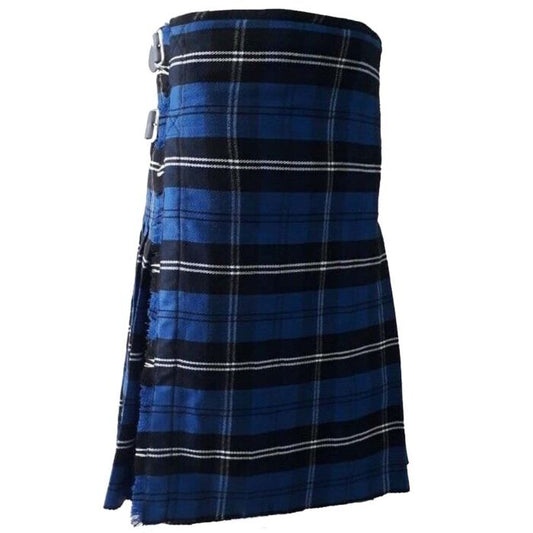 Sale
SaleRamsay Tartan Kilt
Regular price $110.00 CADRegular priceUnit price / per$137.00 CADSale price $110.00 CADSale -
Pride Of Scotland Tartan Kilt
Regular price $110.00 CADRegular priceUnit price / per$136.00 CADSale price $110.00 CADSale -
Official Douglas Tartan Kilt
Regular price $110.00 CADRegular priceUnit price / per$136.00 CADSale price $110.00 CADSale -
Official Douglas Tartan Kilt
Regular price $110.00 CADRegular priceUnit price / per$136.00 CADSale price $110.00 CADSale -
Night Watch Tartan Kilt
Regular price $110.00 CADRegular priceUnit price / per$137.00 CADSale price $110.00 CADSale -
Night Watch Tartan Kilt
Regular price $110.00 CADRegular priceUnit price / per$136.00 CADSale price $110.00 CADSale -
Modern Blue Tartan Kilt
Regular price $110.00 CADRegular priceUnit price / per$136.00 CADSale price $110.00 CADSale -
Men’s Scottish Highland Anderson Tartan Kilt with Cargo Pockets
Regular price $110.00 CADRegular priceUnit price / per$136.00 CADSale price $110.00 CADSale -
Men’s Scottish Blue Douglas Tartan Kilt
Regular price $110.00 CADRegular priceUnit price / per$136.00 CADSale price $110.00 CADSale -
Men's New Campbell Tartan Kilt
Regular price $110.00 CADRegular priceUnit price / per$205.00 CADSale price $110.00 CADSale -
Macleod of Lewis Tartan Kilt
Regular price $110.00 CADRegular priceUnit price / per$136.00 CADSale price $110.00 CADSale -
Mackenzie Weathered Tartan Kilt
Regular price $110.00 CADRegular priceUnit price / per$137.00 CADSale price $110.00 CADSale -
Mackenzie Tartan Utility Kilt
Regular price $110.00 CADRegular priceUnit price / per$110.00 CADSale price $110.00 CAD -
Mackenzie Tartan Kilt
Regular price $110.00 CADRegular priceUnit price / per$136.00 CADSale price $110.00 CADSale
Collection: Tartan Kilts
Tartan Kilts: A Timeless Symbol of Scottish Heritage
Introduction:
Tartan kilts are an integral part of Scottish culture, serving as a symbol of tradition, identity, and pride. With their rich history, diverse uses, and distinctive designs, tartan kilts hold a special place in the hearts of Scots and enthusiasts worldwide. In this comprehensive guide, we delve into the origins, uses, types, famous wearers, and manufacturing process of tartan kilts.
Origins of Tartan Kilts: Tartan Fabric: A Cultural Icon Tartan fabric, characterized by its crisscrossing horizontal and vertical stripes, has a storied history dating back centuries. Originating in Scotland, tartan was initially associated with specific regions, clans, or families, serving as a visual identifier of lineage and allegiance.
Evolution into Kilts: From Fabric to Garment Over time, tartan fabric evolved into garments such as the kilt, becoming synonymous with Scottish Highland culture. The earliest depictions of kilts date back to the 16th century, with variations in style, pleating techniques, and tartan patterns reflecting regional diversity and clan affiliations.
Uses of Tartan Kilts: Symbolism and Cultural Significance Tartan kilts hold deep cultural and symbolic significance for the Scottish people. They are worn during various occasions to celebrate Scottish heritage, including weddings, festivals, and ceremonial gatherings. Each tartan pattern carries historical meaning, representing the unique identity and lineage of a specific clan or region.
Versatility in Modern Times In addition to their ceremonial significance, tartan kilts have evolved to serve various practical and fashion-forward purposes:
- Formal Events: Tartan kilts are a popular choice for formal occasions, symbolizing elegance and tradition.
- Everyday Wear: Modern interpretations of tartan kilts offer stylish casual attire, blending heritage-inspired design with contemporary fashion trends.
- Fashion Statements: Tartan kilts are embraced by fashion enthusiasts worldwide, appearing on runways, red carpets, and street style scenes as a symbol of Scottish charm and sophistication.
Types of Tartan Kilts: Traditional Pleated Kilts: Timeless Elegance Traditional tartan kilts feature box pleats at the back, creating a distinctive silhouette that exudes sophistication and tradition. These kilts are often crafted from high-quality wool tartan fabric and meticulously tailored to reflect ancestral heritage.
Modern Utility Kilts: Functionality Meets Style Utility kilts offer a modern twist on traditional designs, incorporating practical features such as cargo pockets, adjustable straps, and durable fabrics. These kilts cater to outdoor enthusiasts, sports enthusiasts, and individuals seeking comfort without compromising on style.
Fashion Kilts: Bold and Innovative Fashion-forward interpretations of tartan kilts experiment with asymmetrical cuts, unique closures, and vibrant colors to make a bold statement. These kilts push the boundaries of tradition, appealing to a younger and more style-conscious audience.
Famous Characters Who Wore Kilts: William Wallace: A Scottish Icon The legendary Scottish warrior William Wallace, immortalized in the film "Braveheart," is often depicted wearing a tartan kilt as a symbol of his defiance against English oppression. His portrayal in popular culture has contributed to the global recognition of tartan kilts as a symbol of Scottish pride and resilience.
Queen Victoria: Royal Endorsement Queen Victoria's fondness for Scotland and its traditional dress played a significant role in popularizing tartan kilts as royal attire. Her visits to the Scottish Highlands, where she dressed in tartan garments, helped cement the kilt's status as a symbol of Scottish heritage and regal elegance.
Manufacturing Process: Craftsmanship and Tradition The production of tartan kilts involves a blend of craftsmanship, attention to detail, and respect for tradition:
- Tartan Fabric Selection: High-quality tartan fabric is carefully chosen for its authenticity, symbolism, and visual appeal.
- Pattern Making and Cutting: Patterns are drafted based on desired kilt style and measurements, ensuring precision and consistency.
- Pleating and Assembly: Skilled craftsmen pleat the fabric, stitch panels together, and add details such as waistbands, closures, and linings.
- Quality Control: Finished kilts undergo rigorous quality control checks to ensure authenticity, durability, and craftsmanship.
Conclusion: Tartan kilts are more than garments; they are living symbols of Scotland's rich history, cultural heritage, and enduring spirit. From their ancient origins to their modern interpretations, tartan kilts continue to captivate hearts and minds worldwide, embodying the essence of Scotland for generations to come.


